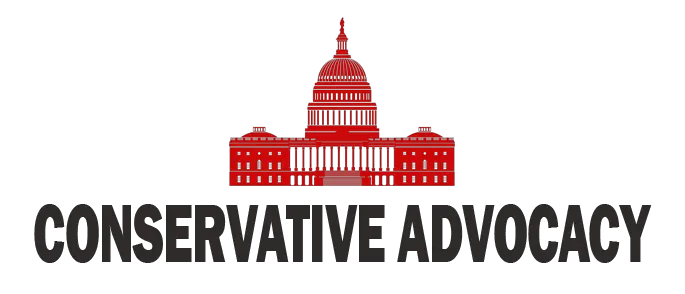In the ever-evolving game of international politics and trade, recent events have brought a spicy twist to the dealings between the U.S. and its neighbors. The focus is on Colombia and Mexico, where world leaders are not just exchanging diplomatic niceties but are also slapping on some significant tariffs. These moves come in the wake of the fentanyl crisis, a serious issue that has become a focal point for U.S. leaders. So, what exactly is going on? Let’s break it down!
Just this past weekend, Colombia’s president decided to fire up the engines of trade negotiations by threatening tariffs against the U.S. This bold move was not without consequences, as it prompted a swift response from Mexico. To help curb the ongoing crisis, the president of Mexico offered up a jaw-dropping 10,000 troops to manage the situation at the southern border. Talk about putting troops where the mouth is! Meanwhile, Canada’s Justin Trudeau, likely seeing the writing on the wall, was not about to sit this one out either. He echoed similar sentiments, indicating a willingness to collaborate in combating the challenges arising from illegal immigration and the fentanyl crisis.
The backdrop of these tariff threats is notably serious. The fentanyl crisis has plagued the U.S. for years, contributing to addiction, health crises, and tragic loss of life. And it looks like these countries are taking the issue seriously. While tariffs are often viewed as a source of government revenue, they are being framed here more as a strategic tool. It’s almost as if these leaders are saying, “Let’s keep the bad stuff out, while also making our economies stronger.” Tariffs might sound like a complex economic term, but, at the end of the day, they are being treated as instruments of national security and economic revival.
The underlying goal of these tariffs is to restore economic strength in the U.S. By imposing tariffs on goods from other countries, the plan is to encourage manufacturing to return to American soil. This strategy could lead to an increase in jobs, which translates to higher income tax revenues. This could create a virtuous cycle: fewer imports lead to more domestic jobs, which could help address that pesky trade deficit we keep hearing about. It turns out that these tariffs could be just the metaphorical shrink-ray needed to restore balance to America’s economy.
However, in a world where economic and political stakes are sky-high, the implications of these actions can go far beyond their immediate effects. Who knew that a bit of tough talk on tariffs could lead to nations flexing their military muscles alongside promises to cooperate? It’s a dramatic playbook of global relations that surely makes for an interesting future. So, while tiresome negotiations may continue behind closed doors, one thing is for sure: the United States, Colombia, and Mexico are all very much engaged in a diplomatic dance that is as intricate as it is vital to their collective futures.
As these events unfold, it will be intriguing to see how these strategies play out. Will the tariffs reignite manufacturing in the U.S.? Will they lead to more collaboration among North American countries to tackle the fentanyl crisis? Or will they simply lead to a trade standoff? Only time will tell, but one thing is for certain: the stakes are high, and the world is watching.




